
|
Overview |
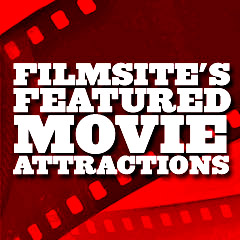 |
Filmsite has compiled many extensive collections of material on a variety of topics, including: Sexy Hollywood Bombshells, The Most Controversial Films of All-Time, Greatest Plot Twists, Spoilers, and Surprise Endings,, Greatest James Bond Girls, Best Film Speeches and Monologues, Movie Title Screens, Greatest Movie Props in Film History, and so much more. |
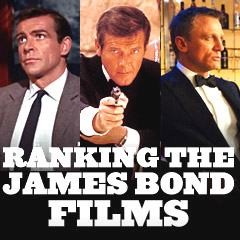
|
Best Genre-Type Films: Some of the Bond franchise films have done better than others in terms of appeal and quality. In particular, the Roger Moore Bond films have not stood the test of time as well as many of the other Bonds and their films. The rankings are obviously subjective, although based on numerous reviews and Filmsite's own evaluation. There are three levels for the 24 rated films: the top 10 Bond films, the middle films, and the bottom 10 Bond films. |
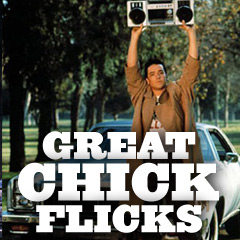
|
Best Genre-Type Films: This multi-part list of gal films or 'chick flicks' (a demeaning and damning term, however, since this sub-genre of film was traditionally known as the "woman's films - melodramas " in the 30s and 40s) was put together to provide a counter-balance to the 'guy films' category. 'Chick flicks' have often been put down as trite, sappy, emotional, soap-opera-ish, cliched, melodramatic, weepy, and trivial. |
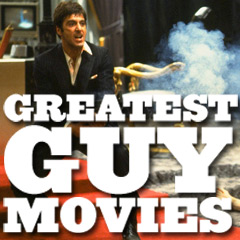 |
Best Genre-Type Films: This multi-part section provides a great overview of the sub-category, and main objective of the greatest guy movies of all time. Film genres (or sub-genres) most associated with 'guy' movies include action films, crime/gangster films, sports films, war films, and westerns plus an occasional comedy or raunchy teen film. They usually include lavish doses of brutality, ultra- or cartoonish violence, various vulgarities, competitiveness, races, blunt humor, trite dialogue, and scenes with naked males and females. They are the reverse of "chick flicks." |
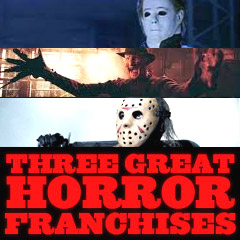
|
Best Genre-Type Films: These are among the most successful horror films: Halloween (1978), Friday the 13th (1980), and A Nightmare on Elm Street (1984). Each of them spawned inferior, low-budget, sickening slasher, 'schlock' or 'splatter' films in the 80s (and 90s and beyond). Most of the sequels or imitators were exploitative and featured shock, gory violence, graphic horror, 'teens in peril,' computer-generated special effects and makeup, and usually a homicidal male psycho who committed a progressive string of gruesome murders on female victims (where brutal killing/slashing/hacking metaphorically substituted for a rape). |
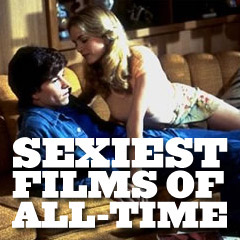
|
Best Genre-Type Films: This 3-part compilation provides brief descriptions of the sexiest films in the display of sex and eroticism on the screen throughout cinematic history. See also Filmsite's multi-part sections on "Sex in Cinema" for more detail and illustrations, and history of sex in cinema from the silent years to the present day. |
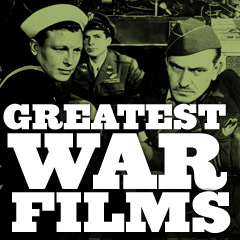 |
Best Genre-Type Films: Filmsite has selected and described the most significant and influential, important, and milestone war films throughout cinematic history, each with a few screenshots and the title screen from the opening credits. |
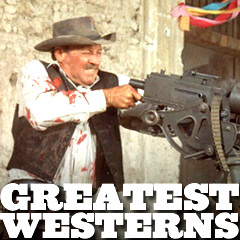 |
Best Genre-Type Films: This descriptive, multi-part section provides a brief overview-history of the western film genre from the silent era to the present day. 100 of the greatest westerns ever made are presented in detail, with synopsis-plot reviews for each one. |
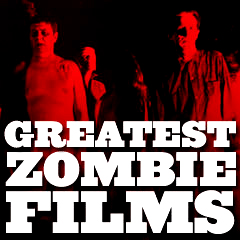
|
Best Genre-Type Films: This feature tribute has selected a solid, representative sampling of the best (and most significant) in the sub-genre of zombie films, with a few that are very poor but laughable examples. They are all feature films (no made-for-TV movies, except for a few on-going series) from the 1930s origins to the present day. |
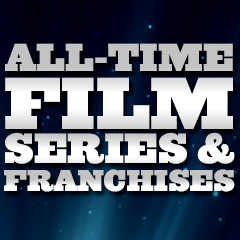
|
In four parts, this ranking provides a quick overview of the rankings of the greatest film franchises (or series) in box-office history. The rankings are presented in descending order based on total film franchise revenue. Each franchise lists each of the films in the series, the entire film franchises' total revenue (domestic) (approx.), the number of films in the franchise, the # 1 film (with its title screen) in the franchise and its total revenue (domestic). |
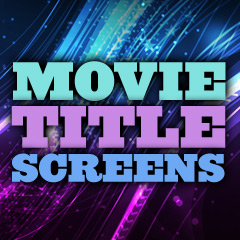 |
This section provides an extensive guide to the different groupings of movie title screens, including Academy Award Best Pictures, James Bond Films, Film Studio Logos (historical), Saul Bass Title Screens, Film Franchise Title Screens, Film Noir Titles, Hitchcock Films, Greatest Westerns, Creature-Features of the 1950s, Filmsite's Greatest Films groupings, and Title Screens for Individual Years from the early 20th century to the present day. Title screens are the initial titles, usually projected at the beginning of a film, and following the logos of the film studio. They are often an ignored aspect of films, although they reflect the time period or era of the film, the mood or design of the film, and much more. |
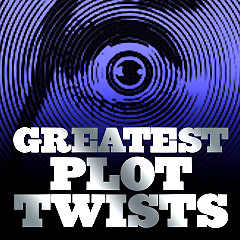
|
This major landing page provides an extensive index (alphabetically ordered by film title) of the major film plot twists, spoilers, and surprise endings of hundreds of films. Be prepared to learn many cunning plot twists, shocking surprise endings, unexpected revelations about a particular character, or some other unknown or unsuspected narrative element. This section also provides a general description of the major types of plot twists - with examples. |
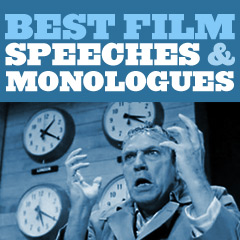 |
This extensive listing includes almost 700 Best Film Speeches and Monologues, in multiple parts (organized chronologically), of deserving best film monologues and speeches. Film speeches are normally delivered orally and directed at an audience of three or more people, although there can be exceptions, such as voice-over narrations. They are usually persuasive-type speeches, either designed to promote or to dissuade. Each one is quoted as accurately as possible (and in its entirety), with accompanying screenshots from the scene, and some audio files (for playback). |
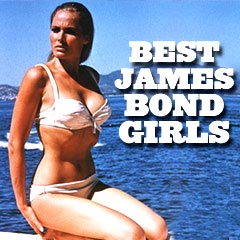
|
All of the James Bond films have at least one or more Bond girls, serving as sex objects and often as major characters opposite agent 007. This section of Filmsite provides access to specific information about each Bond film (and its Bond girls). The introductory page also highlights the contributions of Miss Moneypenny to the popular series - not technically a 'Bond Girl' but a fixture of the franchise. |
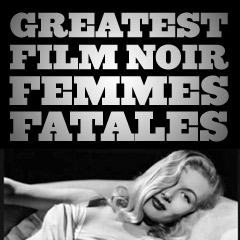
|
The character type of femme fatale was derived from the anti-heroine vamps of early cinema, and later evolved into the main female character in film noirs that first evolved in the 1940s. The dark style of film became prominent in the post-war era and lasted in a classic "Golden Age" period until about 1960. A film noir story was often developed around a cynical, hard-hearted, disillusioned male character [e.g., Robert Mitchum, Fred MacMurray, Glenn Ford or Humphrey Bogart] who encountered a beautiful but promiscuous, amoral, double-dealing and seductive femme fatale that was often surrounded by deadly circumstances. A Picture Guide to the 50+ Femmes Fatales and film write-ups is also provided. |

|
These are the films (with both classic picks and more recent or modern-day selections) that most authentically represent or exemplify each of the 50 American states (plus an extra one for Washington, D.C.). By watching representative films for each locality, one can take a travelogue tour of the entire country without ever leaving home. There are three films selected as the best 'on-location' films authentically shot in the state (mostly or in part), and one film selected as the most definitive, significant, famous or iconic film for the state. |

|
Movie props and movie memorabilia have become some of the most sought-after and valuable commodities on the market. This section of Filmsite provides an illustrated selection of the greatest and most iconic film props in film history (ordered chronologically). The variety of props may be endless -- maps, masks, traps, machines, visual gag items, costuming parts, tools, weapons, furniture or artwork, unique animals/creatures, valuables, character references, MacGuffins, symbols, mementos, the subject of the film, and even a character in itself. |
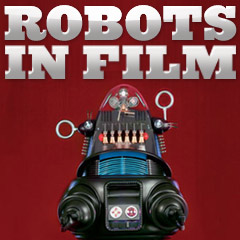
|
This multi-sectioned (illustrated) feature provides a thorough examination and history of the appearance of robots in feature films, beginning in the early 20th century to the present day. |